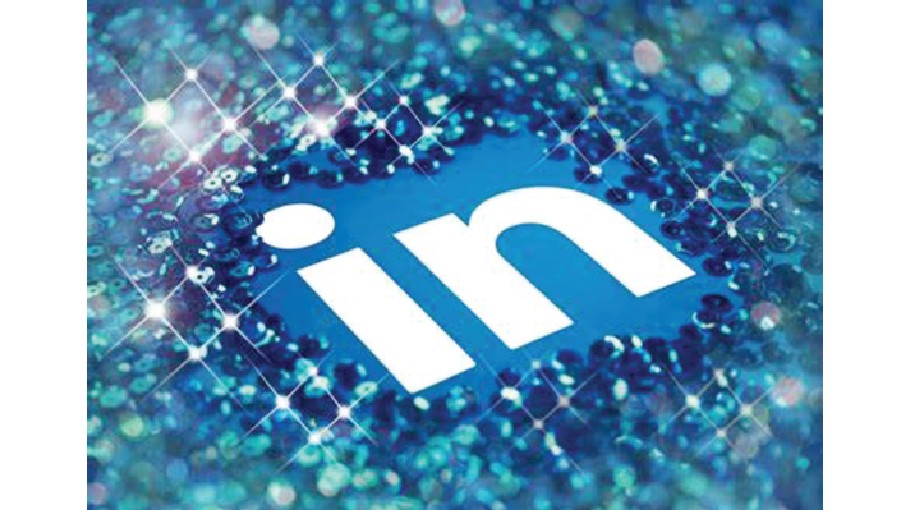University to Professional: Tailoring Your LinkedIn Profile for Success

LinkedIn is a social media platform for professionals and an impactful tool for those interested in professionally branding themselves. Many individuals take this self-branding approach when they graduate from university. However, given that it takes a lot of time to build a solid presence on this platform, it'd be in your best interest to start working on your LinkedIn profile from your early days at the university.
That being said, here are some helpful tips for curating your LinkedIn profile as a university student.
Think of an interesting headline
Your LinkedIn headline appears at the top of your LinkedIn profile, right under your name. Here, within 220 characters, you have to describe what you do, where you study, or what you're interested in professionally. Remember that this brief description will appear next to your name in search results, so it needs to be enticing to the readers.
Since you're a student, your headline will ideally be something like "Studying Computer Engineering at XYZ University", or "XYZ University Bachelor of Computer Engineering 27", where "27" represents your graduation year. You should also add a few words regarding what interests you, or what you plan on pursuing professionally. So, your final headline could look something like "XYZ University Bachelor of Computer Engineering 27 | Data Science Enthusiast". Also, while the limit is 220 characters for the headline, you should keep it within 90 characters. Otherwise, there's a chance that the full headline will not appear under your name in LinkedIn search results.
The "About" section should elaborate on the headline
Your "About" section should be interesting to read but not too long. Here, you're limited to 2,600 characters, which means you have between 400 and 600 words, but try summarizing the most important details about yourself within 300-350 words.
In the section itself, introduce yourself briefly and then dive into details about the degree you're pursuing. Then, talk about your ambitions, what type of profession you want to pursue in the future, how you're working towards that goal, and so on. Once all this is done, you can take a couple of sentences to talk about your hobbies or any other interests you may have.
Also, you can list up to five of your skills in this section. Be very picky regarding this as the skills you select will impact your visibility in search results.
Avoid talking about university club affiliations in the "Experience" section
The "Experience" section on LinkedIn should be explicitly used for adding your past and current job roles, along with the responsibilities you've taken on at these positions, and what skills you developed through them. As for your university club affiliations, use LinkedIn's "Organization" section.
Here, don't just mention the clubs you were part of and be done with it. Add some details regarding what you did or are doing at the club, how these skills or activities are helpful to you, and so on. In fact, add such details wherever possible, especially with items in your "Education" and "Experience" sections.
Arranging your "Publications" section
As a student, this section should highlight your academic publications. If you got published elsewhere, like a newspaper, you can add that item in this section as well.
During your early university days, it's unlikely that you'll have published any conference or journal papers. However, you'll, for sure, have done a few papers for various university courses. In that case, you can also add those papers or their links in this section. If they've not been published online, you can add those papers to your Google Drive and then share the link.
Don't forget to add a summary of the paper or report, as well as the purpose behind writing it.
One last thing to remember is that as your university life progresses, you'll have newer things to add to your LinkedIn profile, like new courses, publications, and even new jobs or internships. You might also have to update certain details in your headline or "About" section, especially if your future plans or interests change. Over time, as you get used to LinkedIn, you'll be better equipped to navigate the platform on your own and curate it as necessary.


